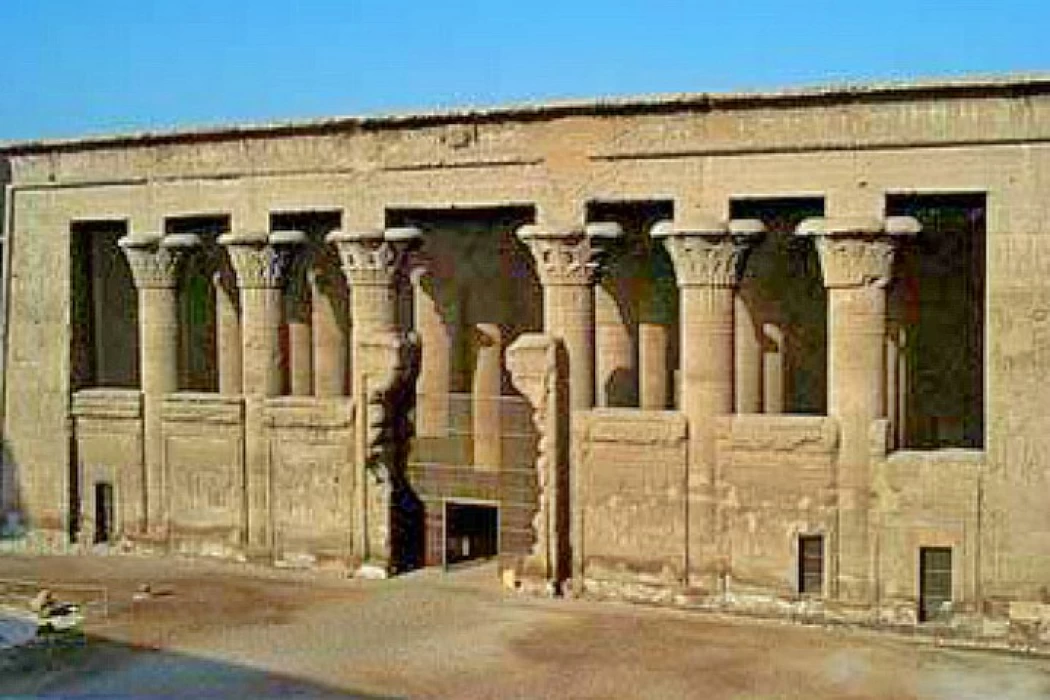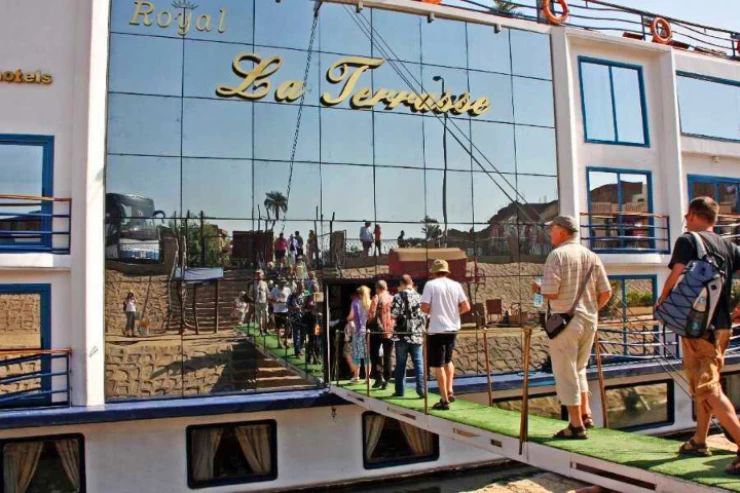
Temple of Khnum at Esna
Information About the Khnum Temple in Esna
Located about 50 km south of Luxor, Esna can easily be visited on a day trip. Along with visits to this temple, most Nile cruises between Aswan and Luxor also stop at Edfu and Kom Ombo. The souk, which spans two streets, and the Temple of Khnum, which was built during the Ptolemaic era, are the two primary tourist destinations in Esna.
The construction of the Temple of Khanum began under Ptolemy VIII and was completed during the Roman period in Egypt, under the command of Claudius and later Marcus Aurelius. The temple is built on land 10 m lower than the rest of the city, and there is a considerable part of the temple that is still buried.
The city of Esna is little more than a farming settlement. The primary landmark in the city is the Temple of Khnum. One of the final temples constructed in Egypt is the Temple of Esna. Similar to Dendera, it was constructed during the Greco-Roman era, when foreign emperors tried to win over the Egyptians.
The Temple of Esna is dedicated primarily to two deities, the goddess Neith and the god Khnum, the ram-headed god. Esna was "Latopolis," the capital of the 2nd nome of Upper Egypt. The goddess Neith is the mother of the god Sobek, goddess of war and hunting, and wife of the god Khnum, the creator god among creators in Egyptian mythology.
Despite its relatively young age, the temple is not in a good state of preservation, probably due to the poor quality materials and the speed of construction employed by the Romans in order to hurry to prove their loyalty to the Egyptian gods. The hypostyle hall still stands, built in the 3rd century AD during the reign of the Roman Emperor Claudius. It has 24 columns and measures 33 meters long and 16 meters wide.
The facade of the temple is very similar to that of the temple of Hathor in Dendera, but the columns, which still preserve their polychromy, are the columns that represent the most late Egyptian art. Late Egyptian art is characterized by the ornaments of date palms, bouquets of lotuses, papyrus, and the vine with its bunches of grapes. This art reflects the entire wealth of the countryside and the environment where the temple is located. Following the abundance of the temple for many years, the temple was reidentified as a Christian church after the edict of Theodosius in 380 AD.
Due to its position on a fairly low ground, the temple was covered by sandy accumulations and various debris. Now, it is erected in a pit more than 9 meters deep; this is the depth of the sands accumulated during 15 centuries and on which a modern city is founded. A small part of the temple is visible, while more remarkable excavations are not possible due to the displacement of a considerable part of the current city.
















